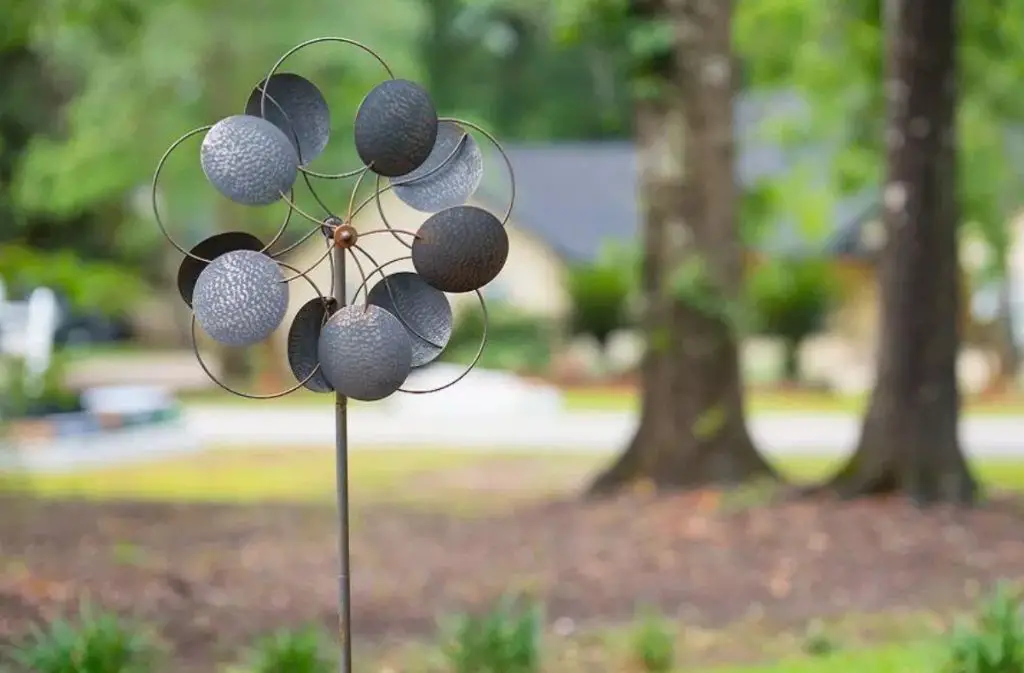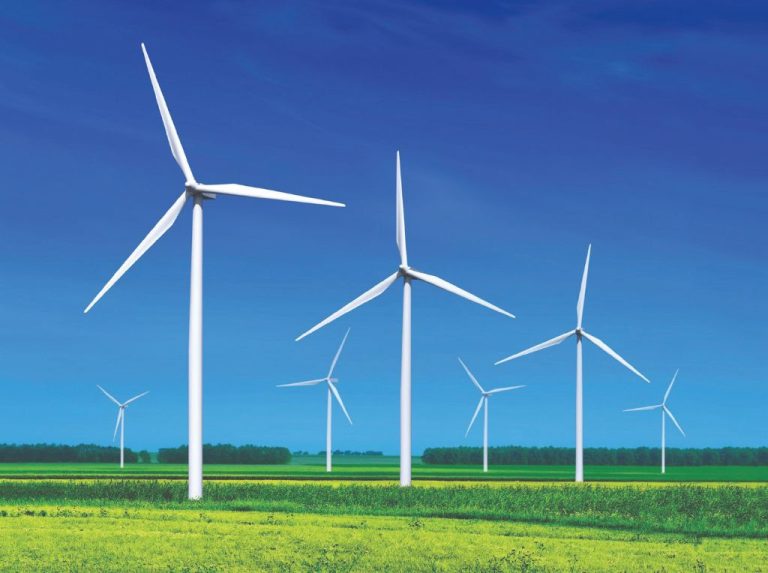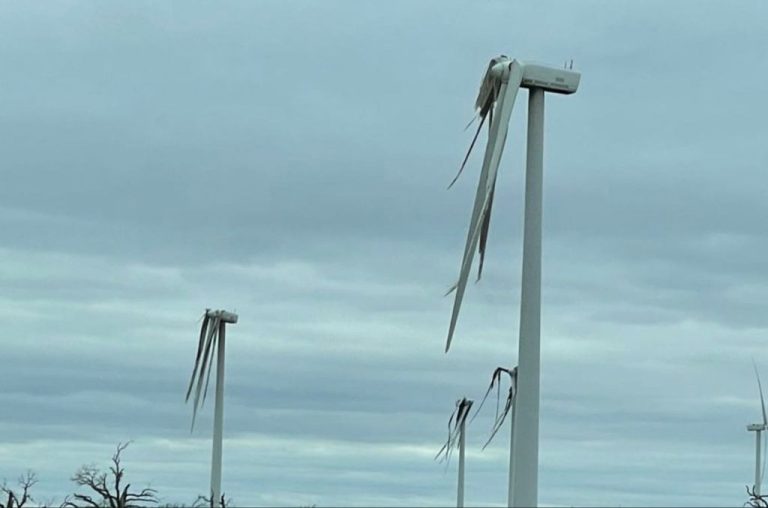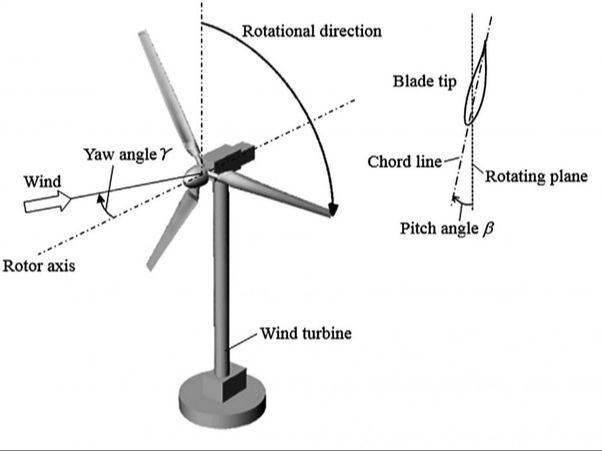Do Wind Spinners Scare Birds?
Wind spinners, also known as whirligigs or pinwheels, are decorative kinetic garden ornaments that spin in the breeze. They typically consist of propellers or other light materials attached to a central rod so they can freely rotate. Wind spinners come in a wide variety of shapes, sizes, and designs, ranging from small desk accessories to large yard art several feet across.
The primary purpose of wind spinners is decorative – their spinning motion and shapes are intended to be visually appealing. They add kinetic visual interest and a playful element to gardens, patios, porches, and other outdoor areas. Wind spinners are popular yard decorations and can be found in many retail stores and catalogs. Their prevalence has increased in recent years as kinetic garden art has grown more popular.
Bird Behavior
Birds have natural flight patterns and behaviors that they follow day to day. They are wary of any new objects placed in their environment and will instinctively avoid unfamiliar items until they determine the objects are not a threat.
Most birds fly in familiar routes from nesting sites to sources of food and water. They prefer to move through open airspace and avoid flying too close to trees, buildings, or other obstructions. Sudden movements or loud noises will startle birds and cause them to rapidly change direction or fly away from the disturbance.
When any new item is introduced into their environment, birds will give the object space and observe it from a distance. They tend to land or perch at least several feet away from novel objects and watch to see if the item moves or makes noise. Birds will hesitate to approach until they determine through observation that the object is harmless.
Movement and Noise

Wind spinners generate both spinning motion and sound effects as the wind causes them to rotate. The spinning and noises produce stimuli that some birds may perceive as alarming or frightening. Certain birds are more sensitive and reactive to motion and sounds than others. Rapid, erratic spinning and higher-pitched noises have the most potential to trigger fear or avoidance behaviors in birds.
Smaller songbirds tend to be more skittish and prone to fleeing quickly from sudden movements and sounds. Larger birds like hawks, crows, and gulls may be less easily spooked. Much depends on the speed of spinning and volume of the noise, as well as proximity to the wind spinner. Faster, louder, and closer interactions provoke stronger reactions in birds regardless of species.
The motion and noise can mimic stimuli that signal danger to birds in certain contexts. For example, rushing motions can resemble an attacking predator, while certain sounds may indicate alarm calls. This can reflexively trigger a fear response and cause the bird to flee or alter its path.
Vibration and Reflection
Wind spinners create shimmering and vibration effects as they spin in the breeze. The motion and reflective surfaces can startle birds not accustomed to such novel objects in their environment. Birds have keen eyesight and are highly sensitive to movement. A wind spinner suddenly spinning up to speed could potentially alarm birds, triggering their fight or flight response.
The shimmering light patterns generated by wind spinners may also deter birds. These reflective surfaces and flickering lights don’t resemble natural elements in the birds’ habitat. Unfamiliar flashing and vibrating objects can discomfort birds, making them wary of approaching.
Location and Placement
Where wind spinners are located can impact how much they scare or attract birds. Popular locations to place spinners include porches, patios, gardens, and yards. Wind spinners are often positioned in open areas so they can catch the breeze and spin. This places them directly in the same environments that birds frequent.
Proximity to areas birds pass through regularly increases the chance of interaction. Spinners placed near bird feeders, nests, or popular flight paths have more potential for startling birds. The motion and noise will be most pronounced the closer birds get. Placement should be considered carefully depending on how much deterrence versus enjoyment is desired.
Bird Species Differences
Different bird species react differently to wind spinners based on their natural behaviors and traits. For example, larger, predatory birds like hawks tend to be less fazed by wind spinners. Their focus is on hunting prey rather than being disturbed by nearby motion and noise. On the other hand, small songbirds like finches are more likely to be scared off by the spinning and fluttering.
Songbirds that feed at bird feeders or bathe in birdbaths can be deterred by wind spinners, while birds that just pass through may pay less attention. Robins who scour the ground for worms, or hummingbirds who drink nectar from flowers, often learn to ignore harmless motion from wind spinners and focus on their food sources. But for more cautious and anxious species like warblers and chickadees, the spinners appear more ominous and disruptive.
In general, bold and social backyard birds tend to become desensitized to wind spinners over time, while shy woodland birds remain more sensitive and likely to be deterred. Understanding a bird’s typical temperament can help predict whether wind spinners will effectively startle them away or simply blend into the background surroundings.
Short and Long Term Effects
Wind spinners can produce both short and long term effects on birds. When first installed, the spinning motion and reflections of wind spinners may startle birds and cause them to avoid the area.
However, many species eventually habituate to the spinners over time. While wind spinners may deter birds initially, most adjust to the motion and sounds after a few days or weeks. With repeated exposure, birds learn to ignore the spinners and return to feeders or other areas nearby.
Some studies have observed short-term avoidance when wind spinners are first installed, followed by a return to normal activity levels after an acclimation period. So while wind spinners can scare birds away temporarily, they may not have lasting effects in the long run.
Deterrent or Attractant
Wind spinners can act as either a deterrent or an attractant for birds, depending on the specific situation. Their spinning and reflective nature may potentially repel birds from an area where they are not wanted. The motion, noise, and flashing colors can startle birds and make them uncomfortable settling in that location. Birds highly sensitive to disturbances may avoid wind spinners altogether. However, for less skittish species, wind spinners can pique their curiosity. The interesting colors, shapes, and movement may actually draw birds in to inspect the object more closely, especially if they have some cover nearby to retreat to if needed. So wind spinners could potentially attract birds out of fascination with the novel item.
Whether wind spinners ultimately deter or attract birds depends on several factors: the bird species in the area, proximity to cover, size and placement of the spinners, amount of open space, and more. Property owners wishing to actively repel birds would likely need larger, more conspicuous wind spinners placed in open areas. Those hoping to enjoy watching birds interact with the spinners would place smaller versions closer to trees or bushes. With some thoughtful experimentation, wind spinners can either discourage unwanted birds or delight bird lovers, depending on the desired effect.
Alternatives for Bird Lovers
For those who enjoy watching birds and want to avoid disturbing them, there are alternatives to traditional wind spinners that will add beauty without scaring your feathered friends away. Consider using spinners made of natural materials like wood, bamboo, or cloth instead of metal or reflective materials. The movement and noise can still startle birds, so place them strategically away from prime bird-watching locations.
When designing your yard, include plenty of bird-friendly native plants that provide food, shelter, and nesting spots. Use natural water features like ponds or fountains instead of reflective materials. Provide bird feeders, nesting boxes, and birdbaths. Avoid using pesticides or herbicides that could poison the birds. Implement these strategies to turn your yard into a safe haven that both you and local birds will enjoy.
Conclusion
In summary, the effect of wind spinners on birds appears to be complex and dependent on various factors. The motion, noise, and reflections can startle and deter some birds, especially in the short-term, but other species may become accustomed or even attracted to the spinners over time. Proper placement away from nests and feeders seems to reduce disturbance. While wind spinners may scare away some birds, they do not appear to cause lasting harm, unlike predators or even loud noises which can lead to abandonment.
The verdict is that wind spinners can deter birds to a degree, but are not a foolproof bird repellent. Their effects are temporary and limited, and using them requires thoughtful placement and consideration of local birds’ sensitivities. For bird lovers who also want to enjoy wind spinners, there seem to be ways to compromise through strategic use. However, those whose primary goal is to actively repel birds would likely need to explore other more impactful options.






